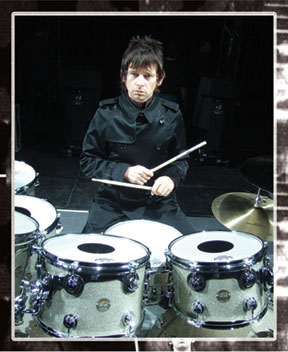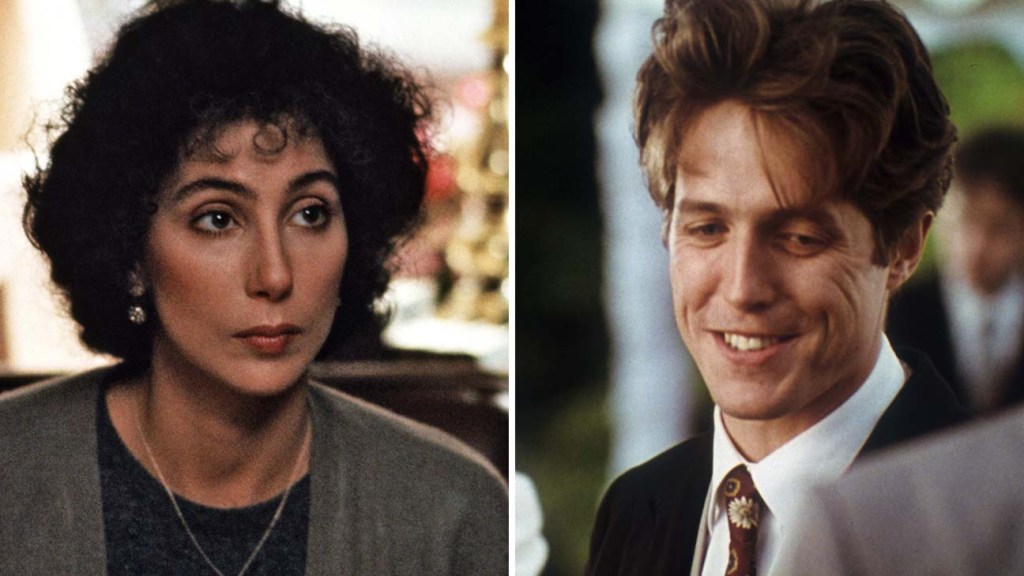Different Types Of Briefs: A Practical Guide

Table of Contents
Design Briefs
What is a Design Brief?
A design brief is a concise document outlining the goals, objectives, and requirements for a design project. It serves as a roadmap for designers, ensuring everyone is on the same page and that the final product aligns with the client's vision. A well-structured design brief is essential for any successful design project, from website design and logo creation to packaging design and branding initiatives. It acts as a contract between the client and the designer, setting clear expectations and minimizing misunderstandings.
- Defines the project scope and target audience: Clearly identifying the project's parameters and who the intended audience is crucial for effective design. This includes demographic information, psychographics, and the audience's needs and motivations.
- Outlines the design objectives and desired outcomes: What are the specific goals of the design? Increased brand awareness? Improved user experience? Higher conversion rates? The brief should clearly articulate these aims.
- Specifies the brand guidelines and style preferences: Including existing branding elements, such as logos, color palettes, and fonts, ensures brand consistency. Style preferences, like modern, minimalist, or rustic, should also be defined.
- Sets deadlines and budget constraints: Realistic timelines and budget limitations are crucial for managing expectations and resources effectively. This prevents scope creep and keeps the project on track.
- Includes examples of similar successful projects: Providing visual examples helps communicate the desired aesthetic and functionality, clarifying expectations for the designer. Mood boards and competitor analyses can further enhance understanding.
A well-written design brief helps prevent costly revisions and ensures the final design aligns perfectly with the client's vision. It also protects both parties from misunderstandings and sets the stage for a collaborative and productive design process.
Marketing Briefs
Understanding Marketing Briefs
Marketing briefs detail the marketing strategy for a product, service, or campaign. They focus on target audience, messaging, and desired results, providing a roadmap for marketing teams to execute effective campaigns. A strong marketing brief ensures everyone is working towards the same goals, optimizing resource allocation and maximizing campaign impact. Different types of marketing briefs may exist depending on the specific marketing activity, but they share core elements.
- Identifies the target market and their needs: Defining the specific audience the campaign targets, including their demographics, psychographics, and pain points, is paramount for effective messaging.
- Sets specific, measurable, achievable, relevant, and time-bound (SMART) goals: SMART goals provide a framework for tracking progress and measuring success. Examples include increasing website traffic by 20% in three months or generating 500 leads within a quarter.
- Outlines the marketing channels to be used (e.g., social media, email, print): Identifying the most effective channels for reaching the target audience ensures optimal resource allocation.
- Details the budget allocation and key performance indicators (KPIs): A clear budget breakdown and defined KPIs (such as conversion rates, click-through rates, or return on investment) are essential for monitoring campaign performance.
- Specifies the timeline and key milestones: Establishing clear deadlines and milestones ensures the campaign stays on track and deliverables are met on time.
Marketing briefs are essential for aligning marketing efforts with overall business objectives. They provide a framework for creating effective marketing campaigns and tracking their success.
Project Briefs
The Scope of Project Briefs
Project briefs provide a comprehensive overview of a project, outlining its goals, deliverables, and timeline. Applicable across various industries and project types, they are fundamental for effective project management. A well-defined project brief acts as a central document, keeping everyone informed and aligned throughout the project lifecycle.
- Defines the project's scope and objectives: Clearly defining the project's boundaries and what needs to be achieved is crucial for avoiding scope creep and ensuring everyone understands the project goals.
- Identifies key stakeholders and their responsibilities: Clearly defining roles and responsibilities ensures accountability and facilitates efficient collaboration.
- Establishes a realistic timeline with clear milestones: A detailed timeline with specific milestones helps track progress and manage expectations.
- Specifies the budget and resource allocation: A clear budget ensures resource allocation is managed efficiently.
- Outlines risk management strategies: Identifying and mitigating potential risks is crucial for project success. This includes contingency plans for unforeseen challenges.
Project briefs are crucial for managing complex projects effectively. They facilitate clear communication, ensure everyone is working towards the same goals, and help manage potential risks and challenges.
Creative Briefs
Unlocking Creativity with Creative Briefs
Creative briefs are used to inspire creative teams, providing the context and direction needed to generate innovative ideas. They often combine elements of design and marketing briefs, focusing on the "big idea" and the creative execution.
- Defines the problem or opportunity the creative work needs to address: Clearly stating the challenge or opportunity helps focus the creative process.
- Outlines the desired tone and style of the creative work: This includes defining the brand voice, visual style, and overall feeling the creative work should evoke.
- Specifies the target audience and their motivations: Understanding the audience's needs and desires is critical for creating resonant and effective creative work.
- Includes relevant research and insights: Providing background information and relevant research helps inform the creative process and inspire innovative solutions.
- Encourages creative freedom within defined parameters: While providing direction, a creative brief should also allow for creative exploration and innovation.
A strong creative brief fosters collaboration and ensures the final creative output resonates with the intended audience, achieving the desired results.
Conclusion
Different types of briefs are essential tools for successful project management and creative execution. Understanding their unique elements—from design briefs focusing on visual aesthetics to marketing briefs emphasizing target audiences and KPIs—enables clear communication and efficient resource allocation. Whether you’re creating a design, marketing, or project brief, mastering their structure and components is key to achieving your objectives. By utilizing the right type of brief and tailoring its content effectively, you can streamline your workflows and deliver exceptional results. Mastering the use of different types of briefs is a crucial skill for any professional looking to improve their efficiency and effectiveness. Learn more about crafting impactful different types of briefs and unlock your project's full potential!

Featured Posts
-
 Ten Years Of Visual Storytelling James Wiltshires Journey At The Border Mail
May 23, 2025
Ten Years Of Visual Storytelling James Wiltshires Journey At The Border Mail
May 23, 2025 -
 The Whos Drummer Zak Starkey Reinstated Following Dismissal
May 23, 2025
The Whos Drummer Zak Starkey Reinstated Following Dismissal
May 23, 2025 -
 Bt Profit Increase Following Johnson Mattheys Honeywell Sale
May 23, 2025
Bt Profit Increase Following Johnson Mattheys Honeywell Sale
May 23, 2025 -
 The Who At 80 Reflecting On A Life In Rock
May 23, 2025
The Who At 80 Reflecting On A Life In Rock
May 23, 2025 -
 Roger Daltreys Health Concerns Is The Iconic Singer Going Deaf And Blind
May 23, 2025
Roger Daltreys Health Concerns Is The Iconic Singer Going Deaf And Blind
May 23, 2025
Latest Posts
-
 New Series Siren Julianne Moores Dark Comedy Trailer Debuts
May 23, 2025
New Series Siren Julianne Moores Dark Comedy Trailer Debuts
May 23, 2025 -
 Your Guide To Movies Leaving Hulu Streaming This Month
May 23, 2025
Your Guide To Movies Leaving Hulu Streaming This Month
May 23, 2025 -
 Which Movies Are Leaving Hulu This Month
May 23, 2025
Which Movies Are Leaving Hulu This Month
May 23, 2025 -
 The Complete List Of Movies Leaving Hulu In Month Year
May 23, 2025
The Complete List Of Movies Leaving Hulu In Month Year
May 23, 2025 -
 Dont Miss Out Movies Leaving Hulu This Month
May 23, 2025
Dont Miss Out Movies Leaving Hulu This Month
May 23, 2025
